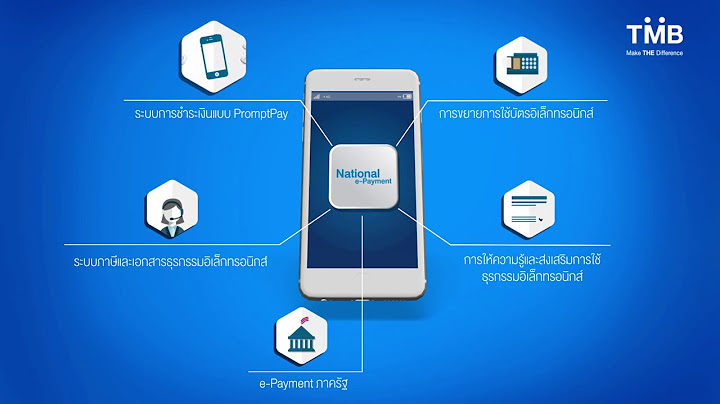When you create a project, it uses a default base calendar to schedule work. This may be a typical Monday through Friday, 8AM to 5PM work week, or it may be something else that better matches your organization's work. Show
If your project has working times that fall outside of the default hours, you can:
Adjust the working times for your projectIf your project's regular working schedule doesn't map to any of the available , you can change the working days and times for your project so that work gets scheduled appropriately. Tip: Are other projects using a similar schedule? Save your coworkers some time by creating your project's schedule as a new base calendar!
Tip: Got a change in working days or times mid-project? Before clicking Details, give each timeframe a name on the Work Weeks tab, and add Start and Finish dates. Select the first timeframe to set Details, and then repeat the process for the next timeframe.  Use a different base calendar for project schedulingIf another base calendar already exists that maps to how you'd like work scheduled on your project, you can easily change this in the Project Information dialog box. Project includes a few different base calendars, by default, and your organization may have additional base calendars that an administrator has added to capture other common schedules.
What else can I do with calendars?Project enables you to fine-tune scheduling using multiple calendars. If you understand how they all work together, it's easier to plan for how your project's dates will be impacted. Here are a few more articles you might find helpful in building a more accurate picture of the working and nonworking days in your organization. PROJECTS Create a new base calendar Add a holiday to the project calendar TASKS Create a calendar for a task RESOURCES Set a unique schedule for a specific resource Add a resource's vacation time Change resource availability without using a calendar If you don't need a calendar anymore, delete it! When you are working with calendars in Project Professional, there are some different things that you can do to accurately account for working and nonworking time in your organization. The following sections provide examples for each kind of change and show you the steps that you must follow to make each change. What do you want to do?Change a working day into a nonworking dayOccasionally, you may have to turn a working day into a nonworking day. For example, if your organization observes specific days as holidays, you can turn those holidays into nonworking days. Project Server will not schedule work on nonworking days. To change a working day into a nonworking day:
Note: Although you can create multiple exceptions that contain a specific day, only the lowest-level exception will apply on that day. For example, you might have one exception that changes the standard working times for a month, and another exception that calls out a specific day within that month as a nonworking day. Because the single-day exception is at a lower level than the month-long exception, the single nonworking day exception is applied on that day. You cannot create multiple single-day exceptions on the same day. Change a nonworking day into a working dayThere may be times when your organization has to work on what would otherwise be a nonworking day. For example, say your organization participates in a convention each year that occurs over a weekend. You can convert weekend days of the convention into working days, so that Project Server knows to schedule work on those days. To change a nonworking day into a working day:
Note: While you can create multiple exceptions that contain a specific day, only the lowest-level exception applies on that day. For example, you might have one exception that changes the standard working times for a month, and another exception that calls out a specific day within that month as a nonworking day. Because the single-day exception is at a lower level than the month-long exception, the single nonworking day exception is applied on that day. You cannot create multiple single-day exceptions on the same day.
Change the working times for a working dayWhile the specific days on the calendar may be accurately accounted for as working and nonworking, there may be working days that use a different time schedule than the typical 8-hour work day. You can adjust the working times for a specific working day so that work is accurately scheduled on that day. To change the working times for a working day:
Note: While you can create multiple exceptions that contain a specific day, only the lowest-level exception applies on that day. For example, you might have one exception that changes the standard working times for a month, and another exception that calls out a specific day within that month as a nonworking day. Because the single-day exception is at a lower level than the month-long exception, the single nonworking day exception is applied on that day. You cannot create multiple single-day exceptions on the same day.
Change the working times for each day of a work weekIf your organization has a specific work week (or set of work weeks) when the working times are different from the default, you can make those changes to the working times for each day in a work week, during a set period of time. For example, if your organization does not use the default Monday through Friday, 08:00 to 17:00 schedule, you can change the working times for each day in the work week to reflect your organization's accurate schedule. To change the working times for each day of a work week:
If you want to change the working times for the selected day or days, click Set day(s) to these specific working times, and then set the working times by typing in the From and To columns. Microsoft Project ไว้ทำอะไรโปรแกรม Microsoft Project เป็นโปรแกรมที่่ช่วยบริหารจัดการโครงการขนาดใหญ่ที่เป็นที่นิยมที่สุด ไม่ว่าจะเป็นเรื่องการวางแผนงานอย่างละเอียด การกำหนดความสัมพันธ์ของงาน การมอบหมายงานให้พนักงาน การใช้งานทรัพยากร และแน่นอนว่ามี features ที่ช่วยคำนวณต้นทุนของโครงการได้อย่างสะดวกและรวดเร็ว... Microsoft Project ประกอบด้วยอะไรบ้างโปรแกรม Microsoft Project มีด้วยกันทั้ง 3 plan. Project Professional. Project Standard. Project Online. โหลด Microsoft Word ฟรี ยังไงวิธีการดาวน์โหลด Microsoft Word บน Android. ค้นหา "Microsoft Word" ในแถบค้นหาบน Google Play Store.. แตะปุ่ม "ติดตั้ง" เพื่อเริ่มดาวน์โหลดและติดตั้งแอปบนอุปกรณ์ของคุณ. เมื่อการติดตั้งเสร็จสิ้น คุณสามารถเปิดใช้ Microsoft Word ได้จากลิ้นชักแอปหรือหน้าจอหลัก. Office เวอร์ชันใดที่ทำงานกับ Windows 11 ได้ขณะนี้แอป Office สําหรับ Windows 10 และ 11 เป็นแอป Microsoft 365. |

กระทู้ที่เกี่ยวข้อง
การโฆษณา
ข่าวล่าสุด
2024 ทำไม register garmin แล วระบบแจ งว าไม พบ serial number
5 เดือนs ที่ผ่านมา . โดย OperativeFraudผู้มีส่วนร่วม
การโฆษณา
ผู้มีอำนาจ
การโฆษณา
ถูกกฎหมาย
ช่วย

ลิขสิทธิ์ © 2024 th.ketajaman Inc.




























